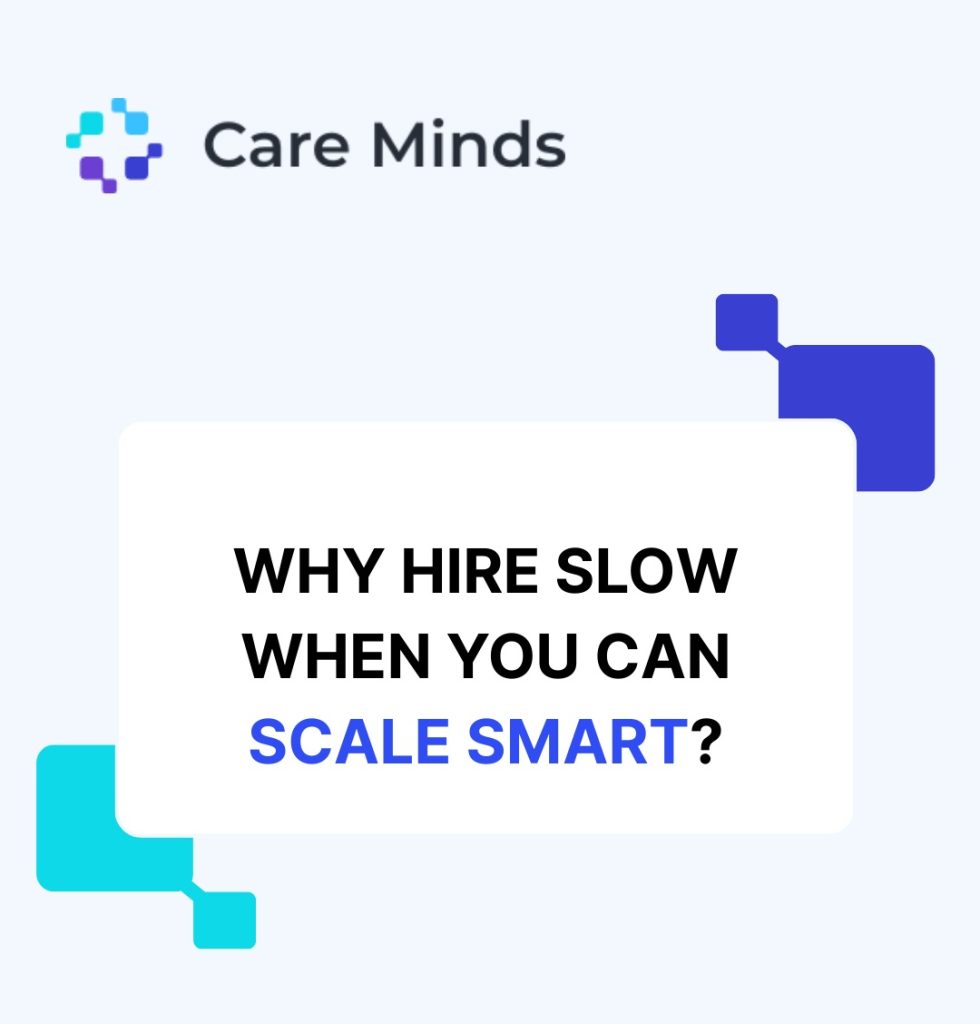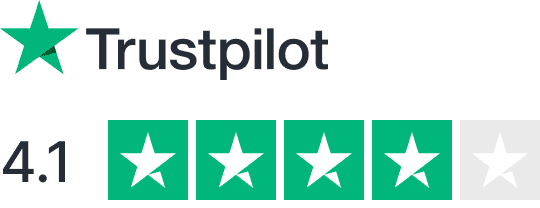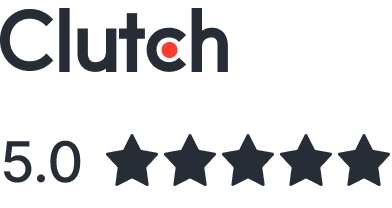Author

Pavel Tantsuira
CEO, Founder CareMinds
Passionate about technology that improves lives. Experienced in leveraging top talent, processes, and technology to help IT Leaders focus on strategy and achieving product milestones
With AI capabilities rapidly advancing, integrating generative technologies into your platform may feel less like a luxury and more like a mandate. But hiring internal AI teams — especially in today’s market — is slow, costly, and often impractical.
That’s why many healthcare leaders are turning to staff augmentation, especially with highly skilled AI talent from LATAM. It’s fast. It’s scalable. And, if implemented correctly, it can be fully compliant with U.S. healthcare regulations.
But here’s the catch: “if implemented correctly.”
In this article, I’ll share:
- A practical framework for integrating LATAM-based AI developers into U.S. healthtech workflows
- How to ensure HIPAA, HITECH, and cross-border legal compliance from day one
- Why nearshore AI augmentation, done right, can unlock both speed and safety
Let’s break down the Compliance-by-Design Framework for healthtech AI augmentation.
1. Role-Based Access Control (RBAC) & Data Minimization
Security starts with access. AI engineers, especially those working on machine learning pipelines, must only access the data strictly required for their specific project roles.
- Grant least-privilege access based on clearly defined responsibilities.
- Mask or de-identify PHI for training and testing when it’s not strictly needed.
- Log every data interaction and flag anomalies using behavioral monitoring.
This ensures developers can work efficiently without compromising sensitive patient information.
2. HIPAA-Ready Onboarding
LATAM developers should be onboarded as if they’re part of your internal team — because legally, that’s how regulators will treat them.
- Require HIPAA and HITECH training during onboarding.
- Include Business Associate Agreements (BAAs) or similar data protection clauses.
- Offer ongoing education tied to CMS, HHS, and ONC regulatory updates.
We build HIPAA compliance into every engagement — not just as a checkbox but as a cultural standard.
3. Secure Dev Environments & Infrastructure
Remote developers must work within environments that enforce U.S. security standards.
- Enforce zero-trust architecture, using VPN, MFA, and secure VDI sessions.
- Store PHI in HIPAA-compliant U.S. cloud environments (AWS, Azure Health).
- Use federated learning or synthetic datasets when training models with sensitive attributes.
This isolates risk and ensures data sovereignty stays where it belongs — under U.S. law.
4. Cross-Border Legal Risk Mitigation
Hiring across borders doesn’t have to mean compromising on compliance.
- Prefer LATAM countries with GDPR-aligned laws, such as Brazil’s LGPD.
- Stipulate that U.S. law governs all data use in cross-border contracts.
- Use Standard Contractual Clauses (SCCs) or Binding Corporate Rules (BCRs) for international transfers.
You maintain legal clarity, audit readiness, and reduced risk of enforcement action.
5. AI Governance Controls
AI systems in healthcare require more than performance — they require explainability and auditability.
- Document model explainability, especially for clinical/diagnostic AI.
- Log all development steps for FDA, ONC, or payer reviews.
- Assess AI models for bias, fairness, and model drift, aligned with U.S. health equity goals.
This ensures your AI isn’t just powerful — it’s defensible and trustworthy.
6. Compliance Monitoring & Audit Readiness
Staying compliant isn’t a one-time effort.
- Run quarterly audits of technical and process controls.
- Leverage third-party compliance assessments annually.
- Maintain an incident response plan aligned with HHS breach notification standards.
This turns your compliance function from reactive to proactive.
Benefits of This Framework
- Protects PHI and AI model integrity across distributed teams
- Speeds up onboarding while embedding best-in-class security
- Builds trust with internal leadership, investors, and regulators
- Future-proofs your AI initiatives for FDA, ONC, and payer scrutiny
Final Word: Compliance Is Your Competitive Advantage
You don’t need to choose between innovation and regulation. At CareMinds, we’ve helped U.S. CTOs deploy LATAM-based AI teams that build, scale, and iterate faster — all while meeting the toughest regulatory standards in healthcare.
This isn’t just about staffing. It’s about building the future of digital health responsibly.
Let’s Build Secure, Compliant AI Teams together
FAQs
Can LATAM-based developers legally work with PHI under HIPAA?
Yes — if they’re under valid BAAs and trained accordingly. With proper RBAC, secure environments, and contractual protections, LATAM developers can fully support U.S. compliance.
What countries in LATAM are best for compliant AI teams?
Brazil (LGPD), Colombia, and Chile are top picks due to strong data privacy laws and technical talent pools.
How do you ensure AI models remain compliant over time?
We embed lifecycle compliance: versioning, model logging, drift monitoring, and external audits.
How quickly can we onboard a compliant AI team?
Most teams go live within 10–15 business days. All members are pre-vetted for healthcare compliance.
What roles can be augmented through this framework?
Machine Learning Engineers, Data Scientists, MLOps experts, Prompt Engineers, and Health AI QA specialists.
What happens if there’s a data breach?
We implement HHS-aligned incident response protocols, including notification workflows and root cause forensics.















